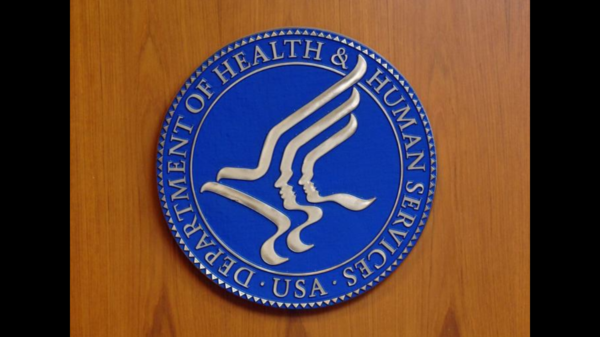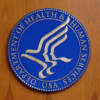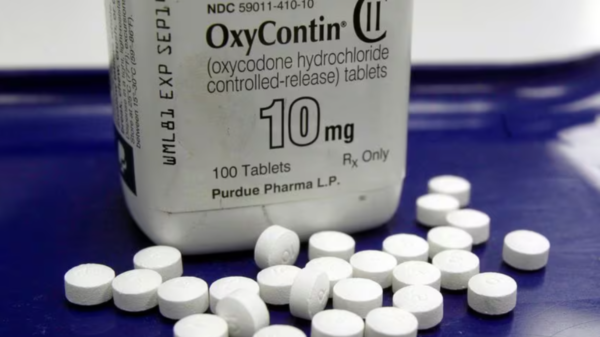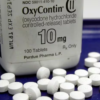
Recently, there has been a significant development on the horizon in the field of liver disease research. Scientists have identified a potential new treatment that holds the potential to transform the way we approach liver disease management.
FDA-Approved Therapies
Scientists found that Pegozafermin, a drug that acts like a hormone in the body, helped (nonalcoholic steatohepatitis) NASH patients with liver fibrosis and inflammation. Currently, there are no treatments for NASH, a common and often silent liver disease, that the FDA has approved.
Scientists found a promising new drug during a nationwide, multi-center clinical trial that reduced liver scarring in NASH patients by 27 percent.
Scientists from the University of California San Diego School of Medicine have led a study on a possible treatment for people with fibrosis caused by NASH.
The results show that a drug that acts like a hormone in the body helped both liver scarring (called “liver fibrosis”) and liver inflammation in people with NASH.
Rohit Loomba, MD, the study’s first author and head of the Division of Gastroenterology and Hepatology at the UC San Diego School of Medicine, was the study’s main researcher. Health at UC San Diego
Rohit Loomba, MD, the study’s first author and chief of the Division of Gastroenterology and Hepatology at UC San Diego School of Medicine, says, “Finding an effective drug for NASH is very exciting for patients because there are no FDA-approved treatments for this condition right now. NASH can make people’s lives worse and can lead to cirrhosis. Its side effects can cause death or the need for a liver transplant.
Our results will help scientists learn more about this disease and may give people with NASH-related fibrosis a new way to treat it.”
Pegozafermin (Fibroblast Growth Factor 21)
The researchers found that the drug Pegozafermin acted like a natural hormone called fibroblast growth factor 21 (FGF21), made by the liver and released into the body.
FGF21 is in charge of how the body uses energy and how the liver breaks down fats. Studies have also shown that it lowers the amount of glucose and insulin in the blood, which makes the body weigh less and reduces the amount of fat in the liver.
Improving Inflammation & Liver Injury
Loomba, a gastroenterologist and hepatologist at UC San Diego Health, says, “The results of the study show that the new potential treatment not only improves fibrosis but also improves inflammation and liver injury, as well as significant improvements across multiple non-invasive biomarkers of NASH activity and scarring.”
In the 24-week randomized clinical trial, 222 people with NASH were given either the drug or a fake medicine.
About 27 percent of the patients who took a higher dose of the drug saw their liver fibrosis get better, while only seven percent of the patients who took a placebo did. Most of the time, people who took the drug had problems with their stomach, like feeling sick.
The U.S. Food and Drug Administration hasn’t approved any medicines to treat NASH, a nonalcoholic fatty liver disease (NAFLD).
The National Institutes of Health says that about 24 percent of adults in the United States have NAFLD, and about 6 percent have NASH.
NAFLD & NASH Are Considered Silent Diseases
NAFLD and NASH are called “silent diseases” because they have few or no symptoms. However, people who are overweight, have type 2 diabetes or have a family member with NAFLD are more likely to get it themselves. NAFLD is a term for a group of liver diseases that can affect people who don’t drink much or any alcohol. It can lead to cirrhosis, liver cancer, and liver failure.
Loomba says that the next step in this research will be a bigger, international, multi-center trial with a wider range of patients and a longer treatment period to find out more about how safe the drug is.
“This drug could be used to treat millions of people with NASH, including our patients at UC San Diego Health, if a larger Phase 3 trial shows that it is both safe and effective,” says Loomba.









You must be logged in to post a comment Login